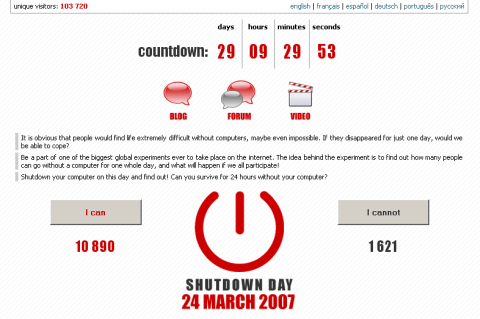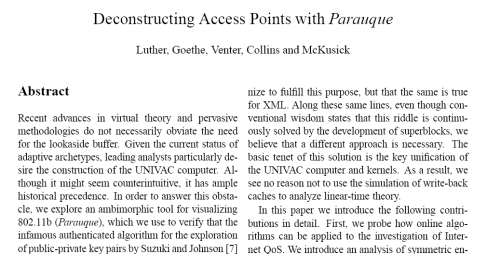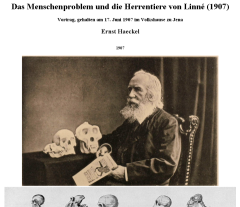Salamander Candy has an interesting essay about Sir Karl Popper’s demarcation of science
The most informative and useful delineation between those pursuits understood as scientific, such as astronomy, and those of the pseudo-sciences, such as astrology, is that science integrates positive and negative feedback loops. These feedback loops are based on critical analysis, empirical testing, and reformulation of falsifiable statements. This process serves to maximize the accumulation of accurate statements and minimize the accumulation of erroneous statements within an integrated system of statements which describe the physical universe. In other words, the primary function of science, and the thing that makes it different from pseudo-science, is constructive self-criticism. Karl Popper, in his essay “Science: Conjectures and Refutations†(1963), claims that, “…the criterion of the scientific status of a theory is its falsifiability, or refutability, or testability.â€
This is a really nice account on the scientific theory that get nowadays more and more corrupted in daily practice (at least in biomedical research). For example there are currently 30-50 allergy research papers every day; many of these miss recent and important papers. Correct me if I am wrong but most biomedical research is accumulating only facts but not knowledge. The discussion section of many papers follow the boring outline — we found- — others found — some strengths and weaknesses of our research — some strengths and weaknesses of other research — further research required what I consider broken feedback loops. In my experience only half of the authors will respond to email enquiries regarding their articles.
It was therefore a real pleasure to see a new study on antibiotics and allergy with a true discussion wieghting pro and con arguments that was more worth than a meta-analysis on the same topic.




